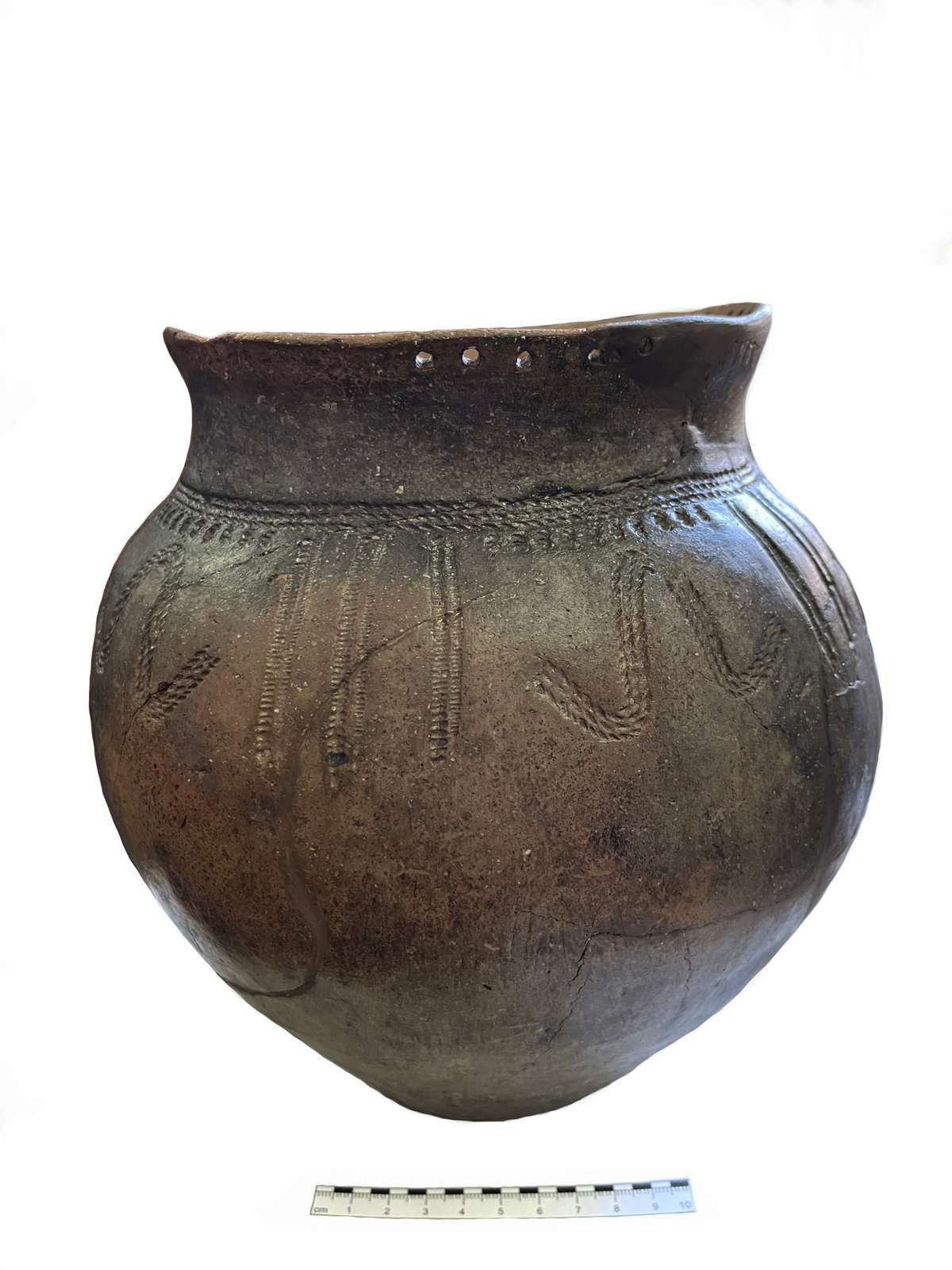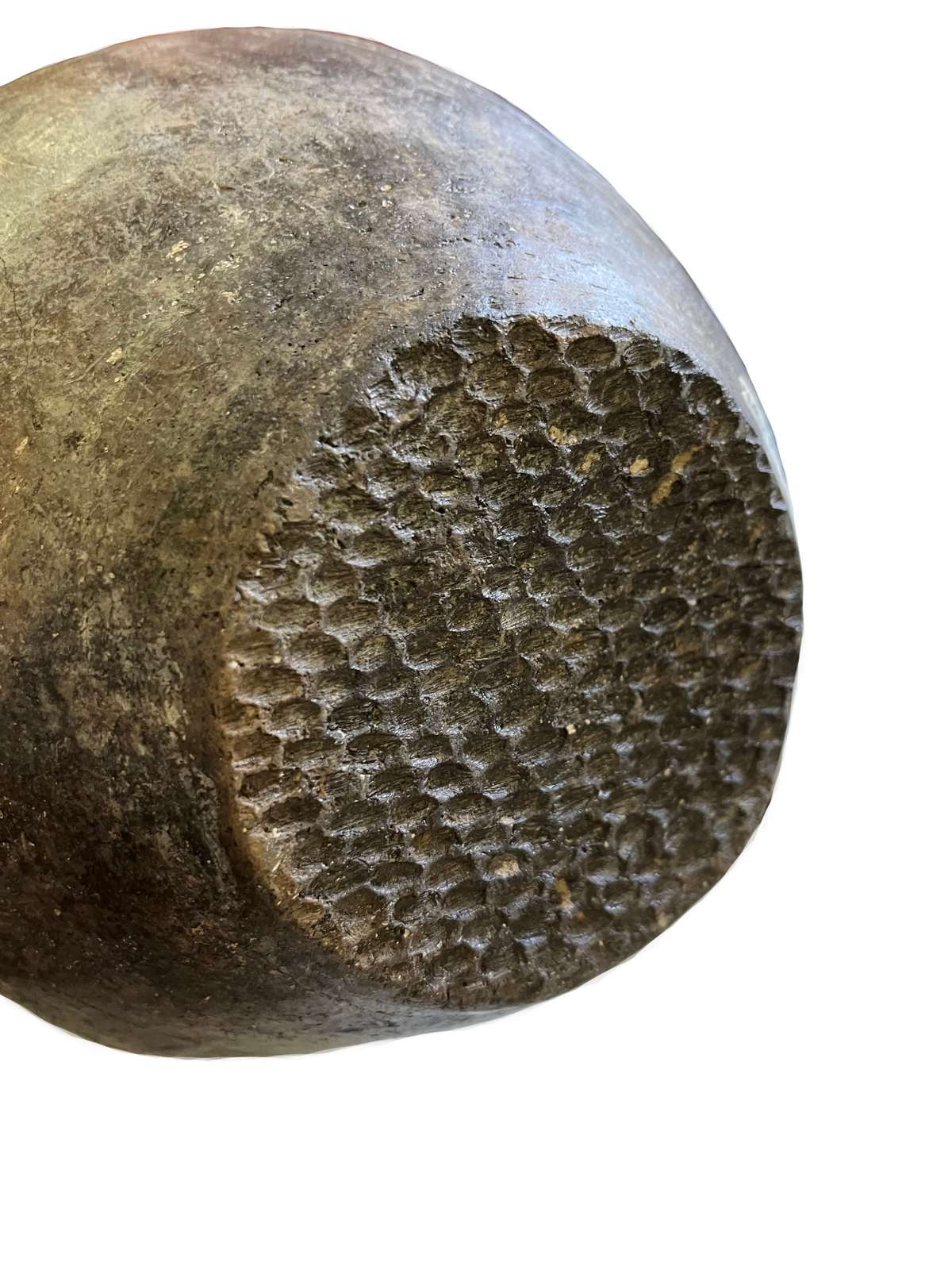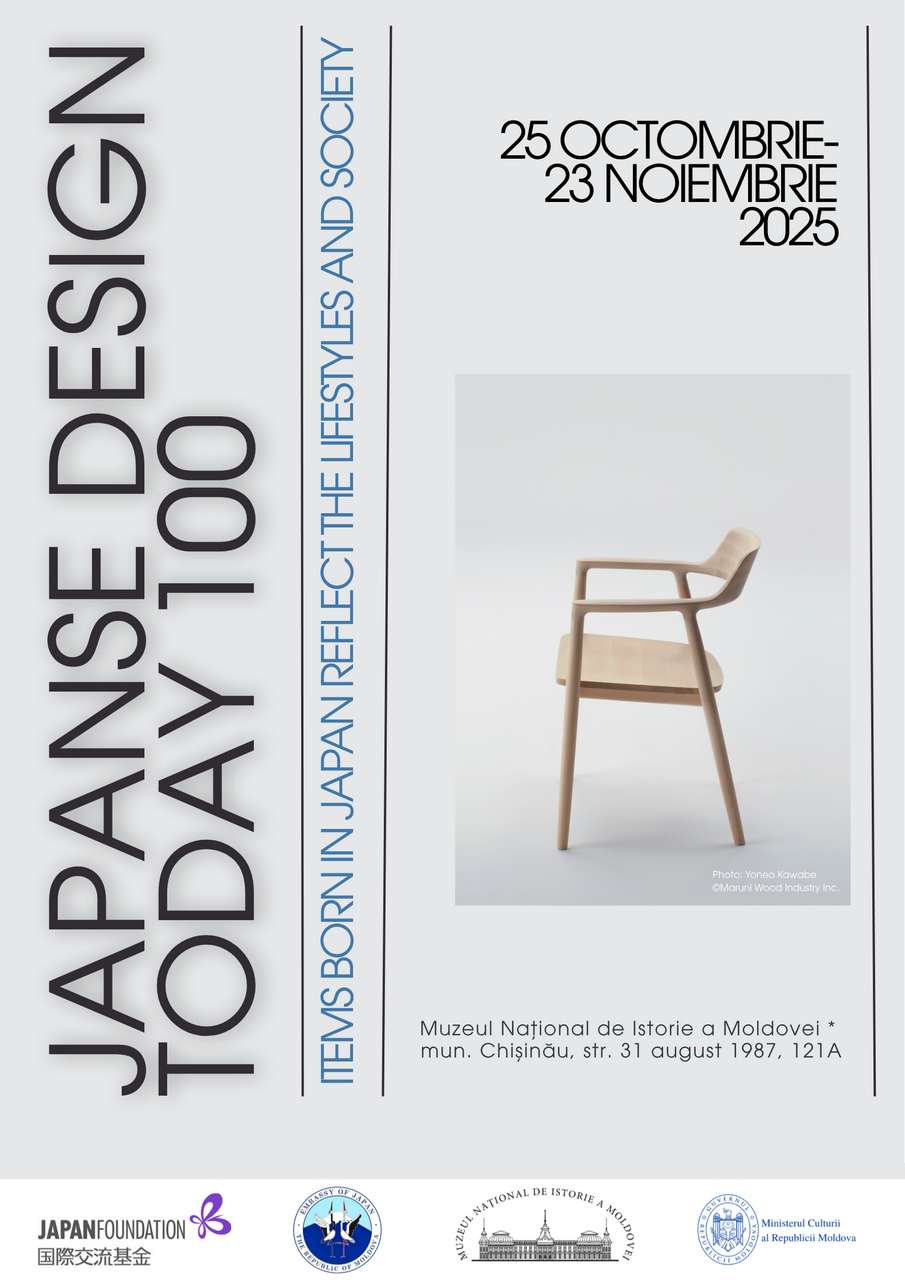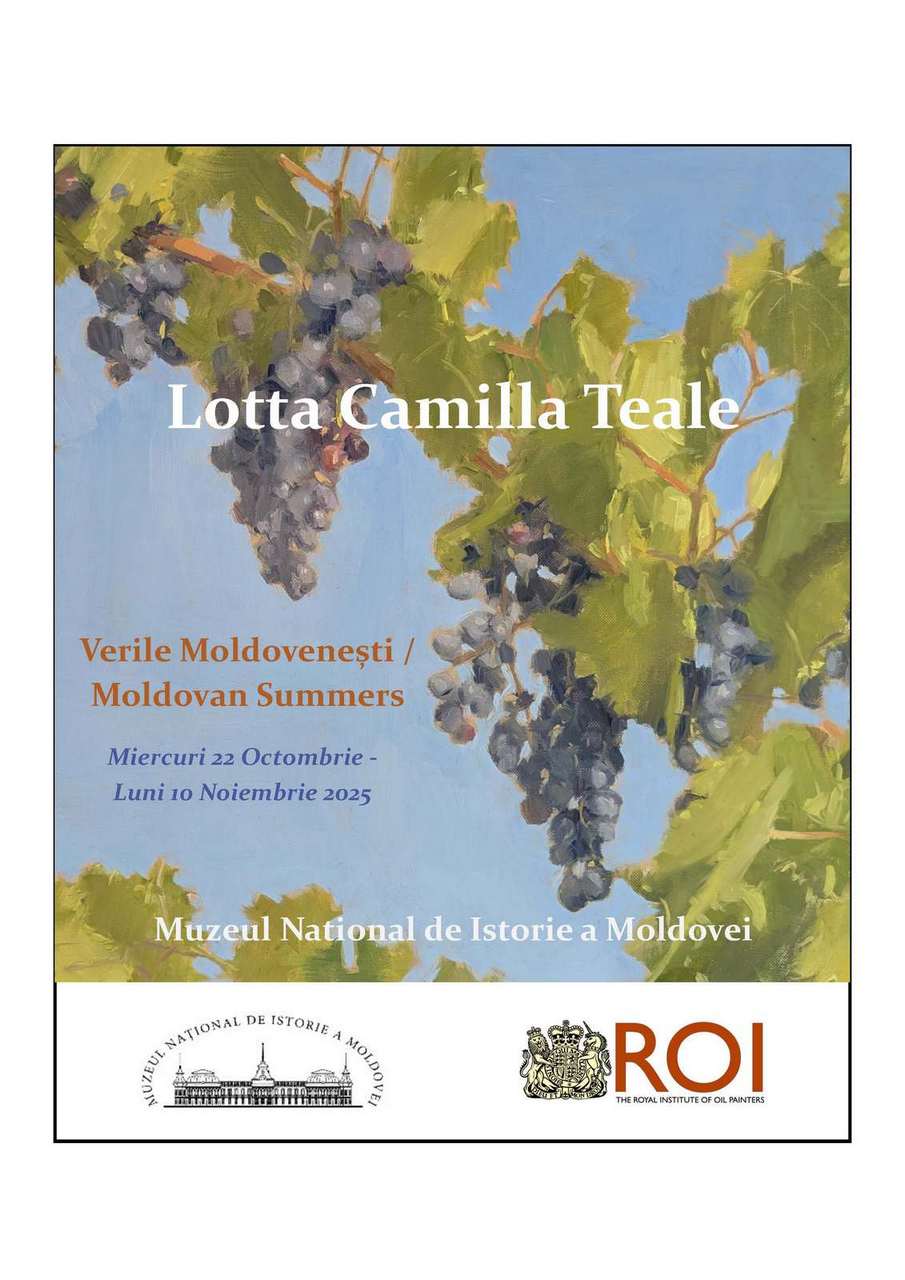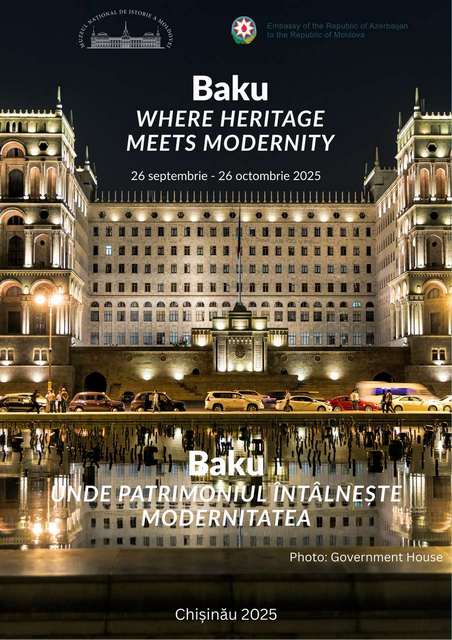  Events Archive Events Archive
Opening of the Exhibition "And They Saw the Voices..."
October 10, 2024
On October 10, the opening of the exhibition "And They Saw the Voices..." took place in the lobby of the National Museum of History of Moldova, bringing together representatives of the accredited diplomatic corps in Moldova, Jewish organizations, and representatives from other museums and institutions in the country. This event was dedicated to discussions about the tragedies of October 7, 2023, and the vital role of art in the emotional healing process.
The exhibition featured 30 drawings created by children evacuated from Ashkelon, who found solace in art therapy after the bombings on October 7, 2023. These works reflected not only the trauma experienced but also the power of regeneration and the hope found in the creative process.
The ceremony was opened by Irina Șihova, the director of the Jewish History Museum, who emphasized: "This is not a political statement, but a story about trauma, art, and healing."
Additionally, Chief Rabbi Pinchas Zalțman paid tribute to the exhibition, highlighting its importance in promoting community cohesion through art. He noted that in times of hardship and suffering, art becomes a common language that can transcend cultural and religious barriers, bringing people together to share experiences and emotions.
Vladimir Boroda, director of the MAALOT Association, stated: "This exhibition demonstrates how art can unite different perspectives, transforming suffering into beauty."
Throughout the event, the art teacher discussed the importance of art in the healing process, presenting the exhibited works and sharing the stories behind them. Among these were the drawing "Boom" by 10-year-old Aviv Shilo, which conveys a powerful message of hope, and the piece "Dance of Death" by student Filip Beleavschi, exploring themes of death and loss. Another notable work, "The Sounds of Sirens and Rockets," addressed the traumatic effects of conflicts, prompting viewers to reflect on the impact of these experiences.
Each drawing offered a window into the emotional world of these young artists, highlighting the significance of art as a form of expression and healing.
This exhibition became a space for meeting and dialogue, where compassion and empathy were essential, providing a unique opportunity to explore how art can unite communities and support the emotional healing process.
The exhibition is open until October 20, 2024, inviting the public to explore and reflect on the messages conveyed through art.
|
 31 August 1989 St., 121 A, MD 2012, Chisinau, Republic of Moldova
31 August 1989 St., 121 A, MD 2012, Chisinau, Republic of Moldova



